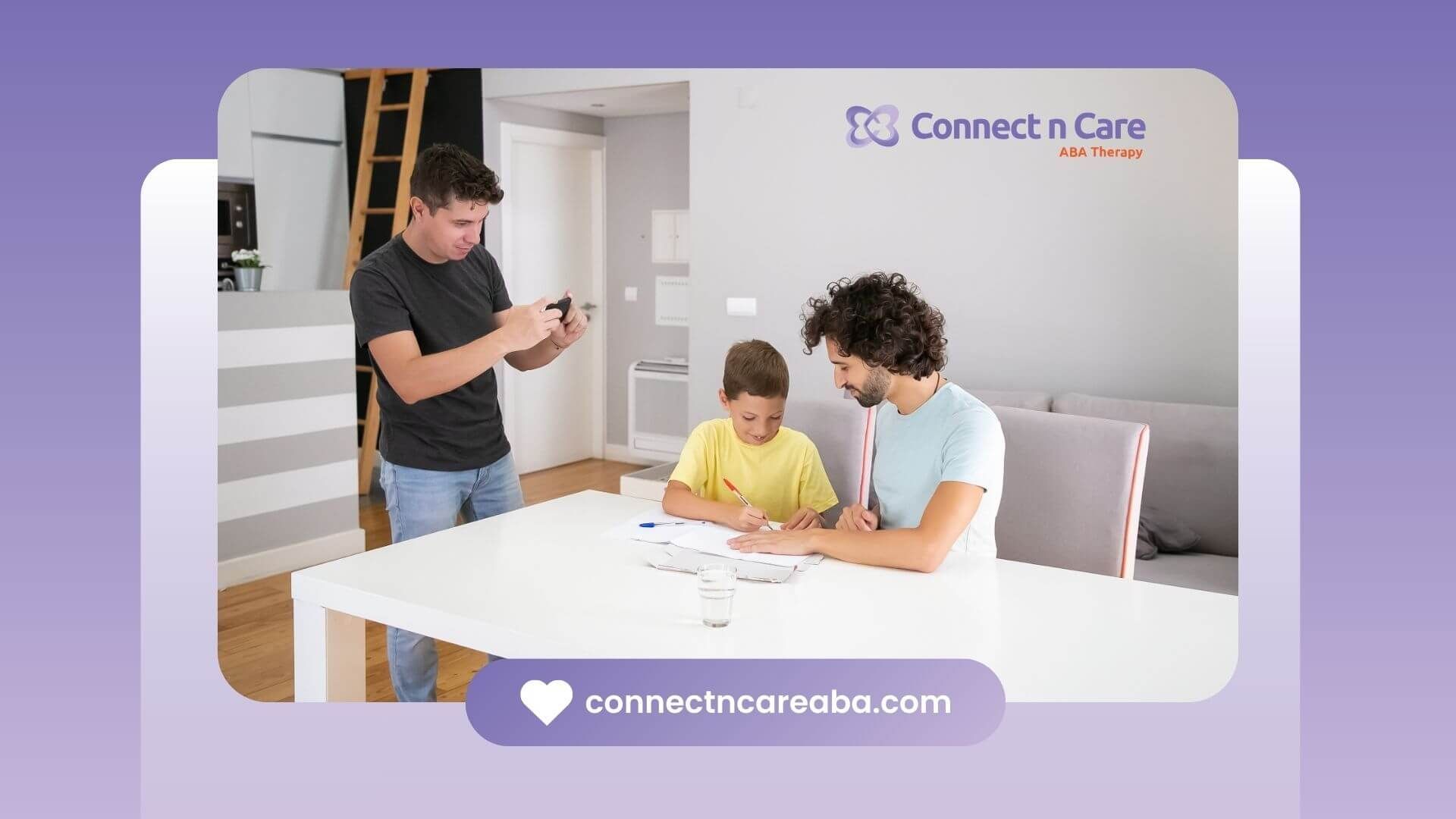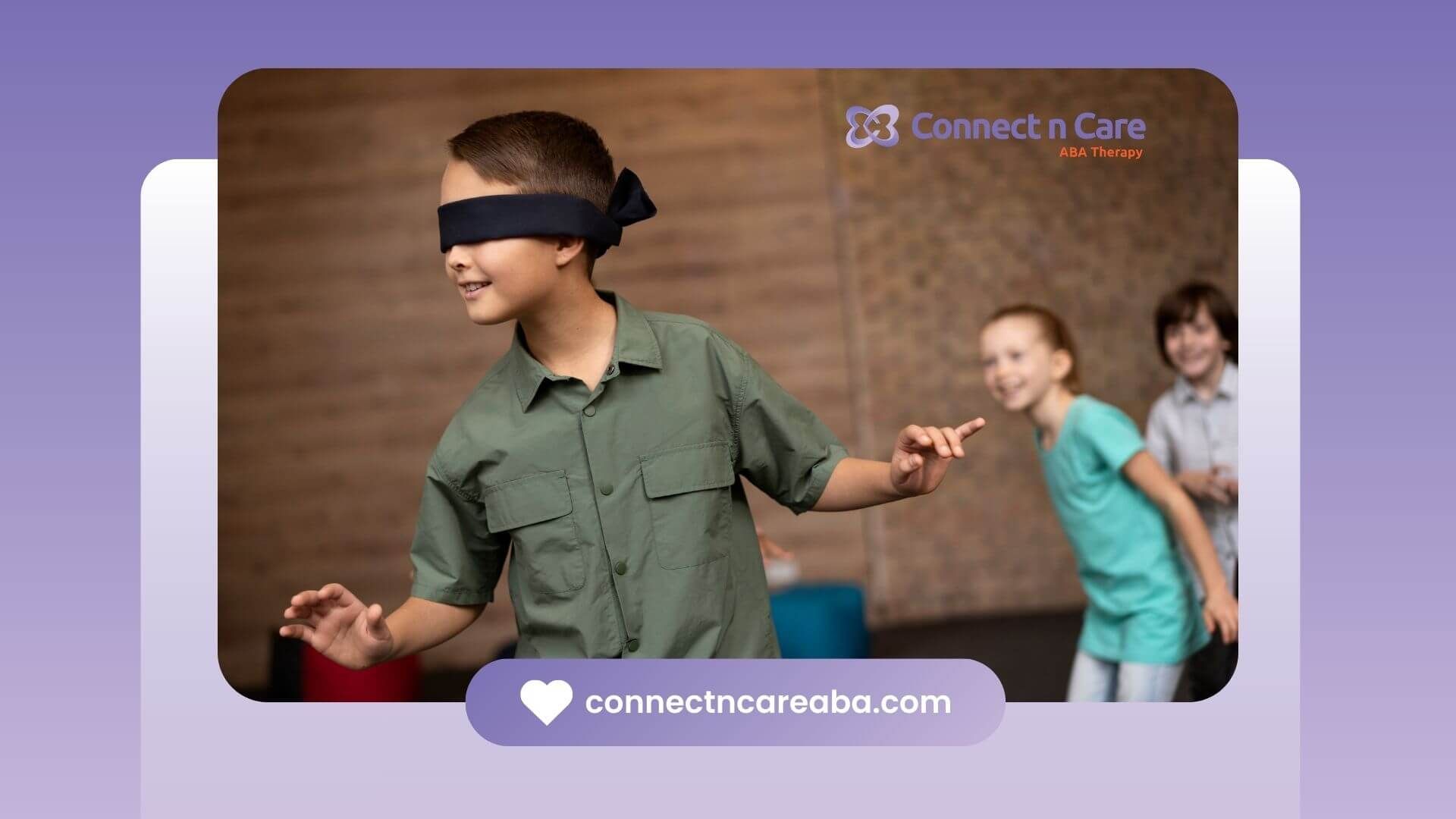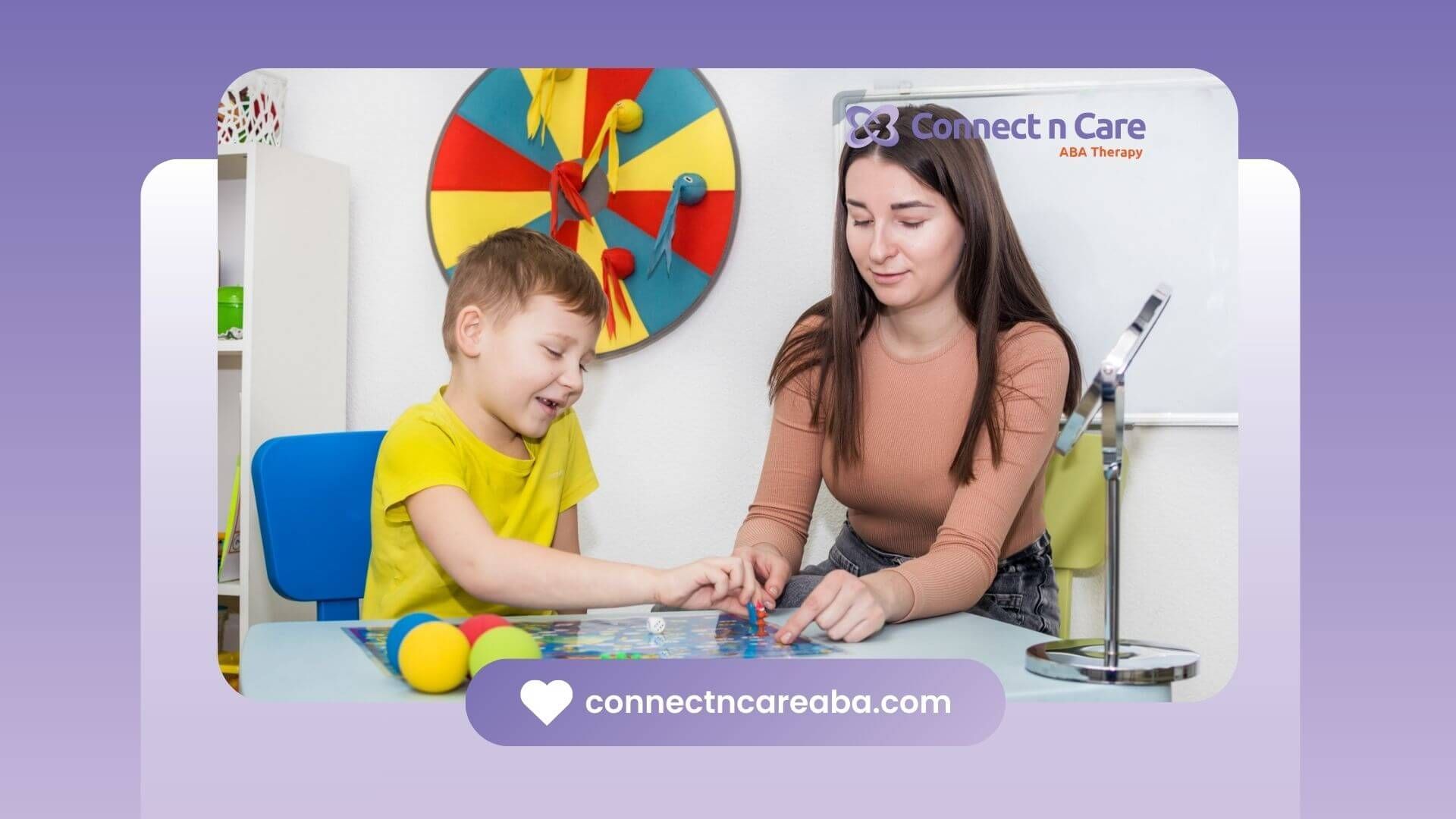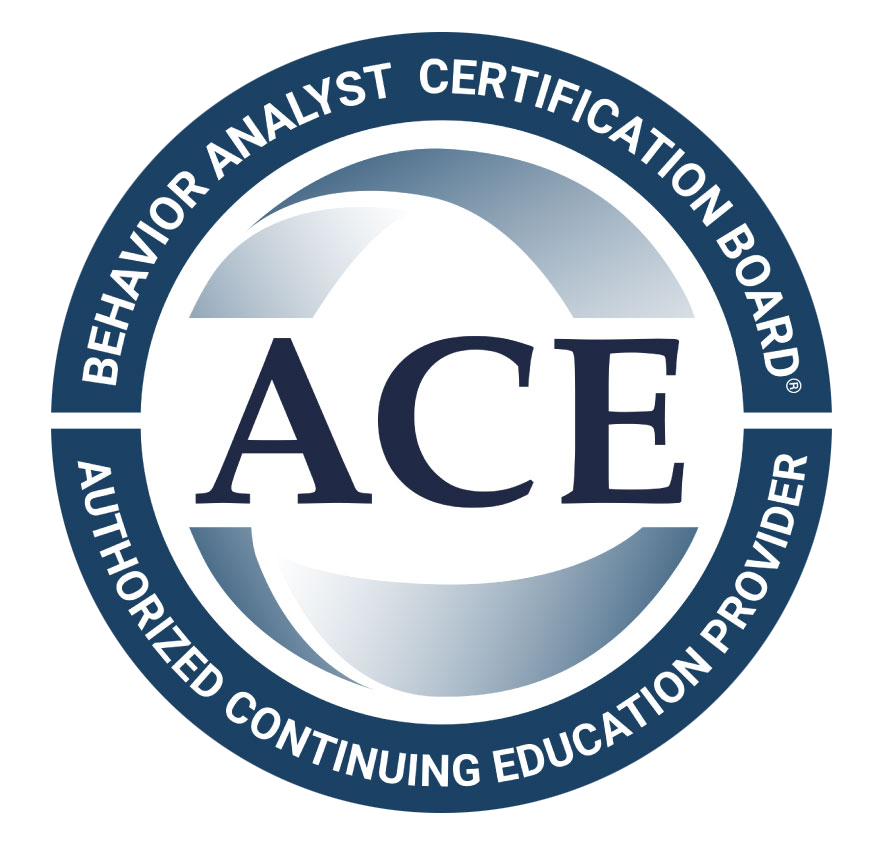Some of the hardest questions parents ask aren’t about milestones or therapy plans. They’re about language. “Should I say ‘autistic’ or ‘with autism’?” “What’s okay to say at school?” These are real, meaningful concerns because words shape how our children are seen—and how they’re treated.
As an ABA therapist, I’ve had the privilege of working with children across the spectrum, and I’ve seen firsthand how respectful, accurate, and thoughtful language can change everything.
Why Language Matters When Describing Your Autistic Child
Words Influence Perception
The words we use can build understanding—or reinforce stereotypes. When we describe an autistic child, we’re not just talking about autism traits; we’re shaping how others view that child’s capacity, intelligence, and identity.
And for your child, those words become part of their internal narrative. It’s worth choosing them carefully.
Person-First vs. Identity-First Language
One of the biggest debates in the autism community revolves around whether to say:
- “A child with autism” (person-first)
- Or “an autistic child” (identity-first)
There’s no one-size-fits-all answer. Some individuals prefer identity-first language because autism is part of who they are, not something separate. Others prefer person-first because they want to emphasize the child before the diagnosis.
What matters most? Respecting your child’s voice—and the voices of autistic adults. Many self-advocates today lean toward identity-first language. As a parent, your choice can reflect both current understanding and your child’s preferences as they grow.
Positive, Accurate Words to Describe an Autistic Child
Go Beyond the Label
Your child is more than an autism diagnosis. Let’s explore some ways to talk about their characteristics, strengths, and challenges with clarity and compassion.
Describing Strengths
- Observant – notices small details that others often miss
- Logical thinker – processes things in a methodical way
- Loyal – forms deep connections once trust is established
- Honest – says what they mean, with refreshing sincerity
- Focused – able to concentrate deeply on topics of interest
- Creative – expresses themselves in unique, imaginative ways
- Pattern-seeking – finds order and connections in the world
Describing Challenges (Respectfully)
- Has sensory sensitivities – may be sensitive to light, sound, textures
- Prefers routine – thrives with structure and predictability
- May struggle with transitions – needs extra support during changes
- Communicates differently – may use few words, gestures, or a device
- Finds social situations overwhelming – benefits from preparation and breaks
- Needs support with emotional regulation – still learning how to manage big feelings
Avoid overly clinical or deficit-based language like “problem behaviors,” “deficient,” or “low-functioning.” These terms don’t reflect the nuance and potential behind each behavior.
Words and Phrases to Use With Care
Common Missteps—And What to Say Instead
Sometimes, even well-meaning language can be unintentionally hurtful. Here's a quick guide:
| Avoid Saying | Try Saying Instead |
|---|---|
| “Suffers from autism” | “Is autistic” or “has autism” |
| “Normal kid” | “Neurotypical child” |
| “Low-functioning” or “high-functioning” | “Needs more/less support in certain areas” |
| “Behavior problem” | “Struggles with behavior regulation” |
| “Weird” or “odd” | “Unique,” “different perspective” |
How I Talk About Children in My ABA Sessions
Real Language, Real Respect
I once worked with a little girl who didn’t speak yet, but she could express everything with her eyes and the way she reached for my hand. I described her to her new school team like this:
“She’s a deeply observant, connection-driven child who responds best to calm voices and visual schedules. She’s learning how to express herself and is making beautiful progress with communication tools.”
When you describe your child, you’re not just giving information—you’re advocating.
Why Language Should Match the Moment
Different Settings, Different Goals
You’ll likely describe your child differently depending on whether you’re:
- Talking to a new teacher
- Introducing them to a babysitter
- Filling out medical forms
- Speaking with another parent
And that’s okay. The key is consistency in tone: supportive, respectful, and informative.
Tip: Keep a short summary on hand that reflects your child’s strengths, needs, and communication style. It helps others connect more quickly and confidently with your child.
Partnering With an ABA Team That Sees Your Whole Child
At Connect N Care ABA, We Don’t Just See Labels—We See People
We believe every child deserves to be described, spoken to, and supported in a way that honors who they truly are. At Connect N Care ABA, our therapists are trained to provide:
- Individualized behavior support tailored to your child’s unique traits
- Parent collaboration and coaching to help you feel confident using affirming language
- Compassionate ABA therapy that respects neurodiversity and family culture
We take the time to understand your words, your child, and what makes them who they are.
FAQs
Should I say “autistic child” or “child with autism”?
Both are acceptable, and preferences vary. Many in the autism community now lean toward “autistic” as part of their identity. The most respectful choice is the one that aligns with your child’s preferences as they grow.
How can I explain autism to my child’s teacher?
Use simple, strength-based language. For example:
“My child is autistic and thrives with routine, visual support, and a calm environment. They’re learning new ways to communicate and respond best to clear, kind instructions.”
What if someone uses hurtful or outdated language?
Gently correct them if you feel comfortable. You might say:
“We prefer to say ‘autistic’ because that reflects how our child identifies.”
Or: “That term is outdated—here’s what we say instead.”









